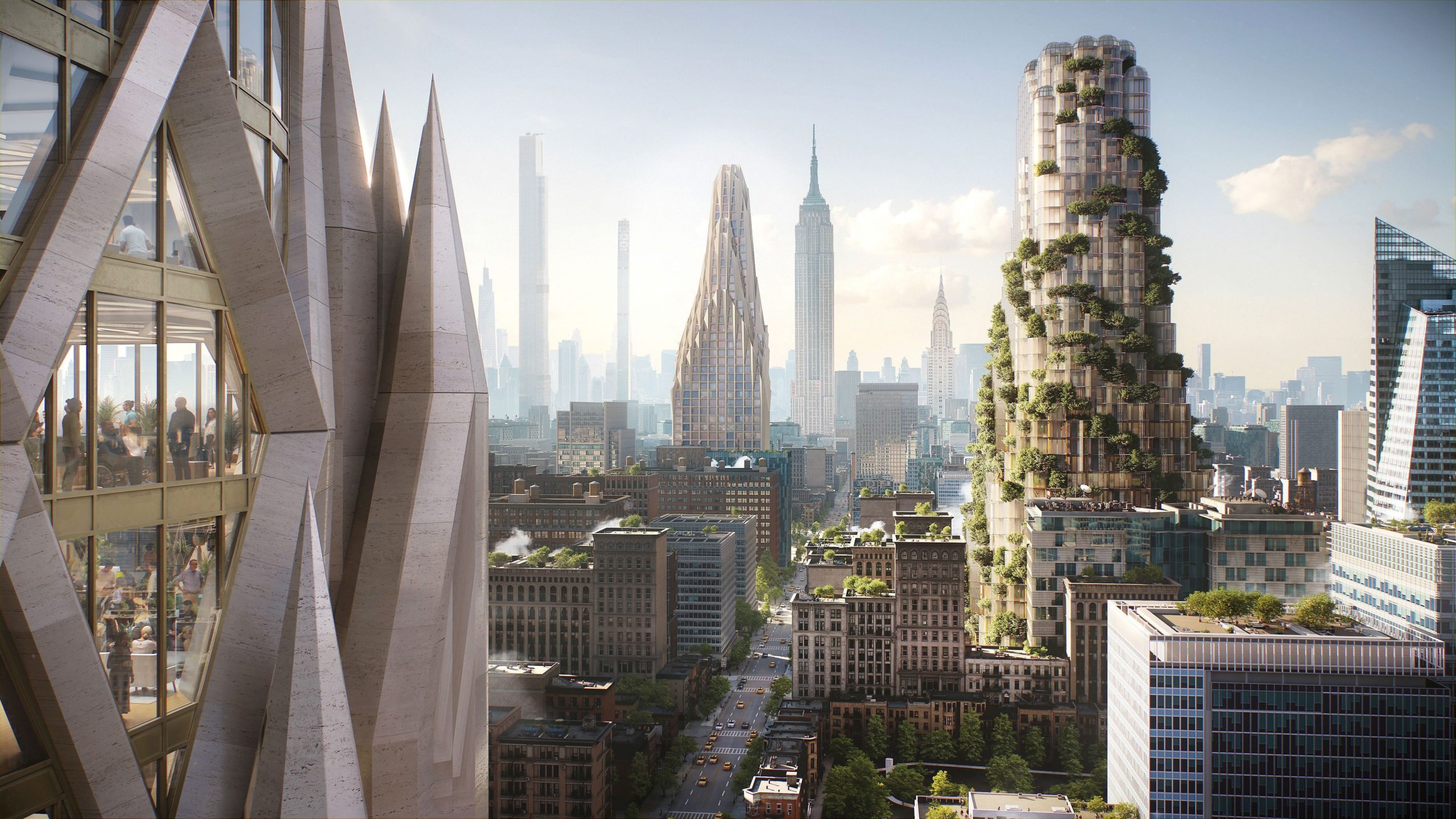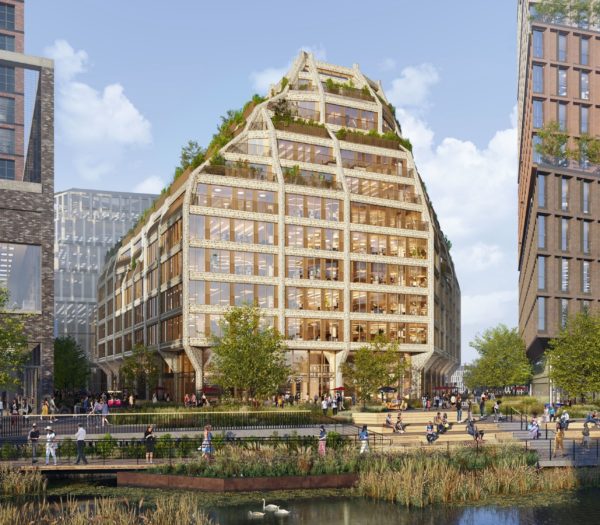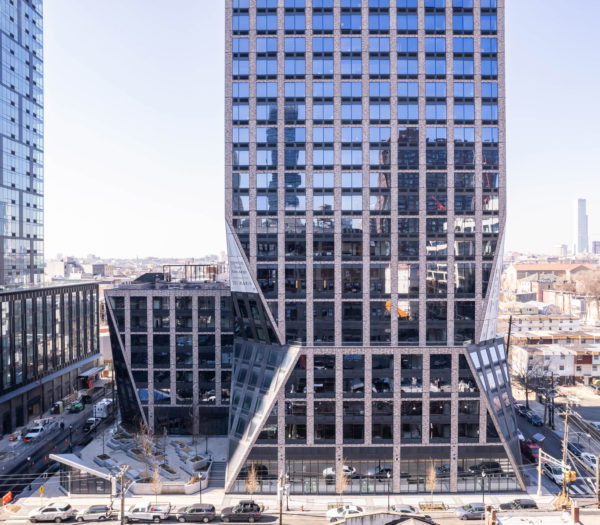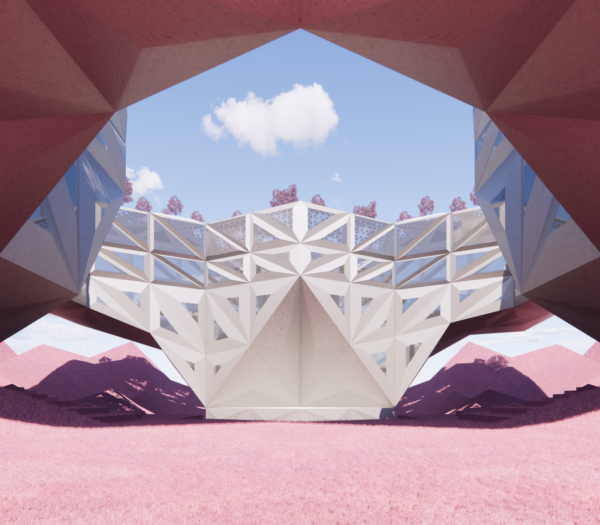
In reflecting on the evolution of his architectural approach, Matthias Hollwich discussed the early influence of a diverse range of inspirations, including a distinctive personal background. Embracing a philosophy of experimentation over rigid stylistic definitions, the firm has maintained a commitment to innovation. Hollwich emphasized the importance of constantly viewing projects with fresh perspectives, leading to a diverse portfolio spanning various scales and locations globally.
Referring to themselves as a boutique innovation firm, the firm prioritizes adaptability and creativity across projects, whether residential, commercial, cultural, or urban planning. This approach, Matthias explained, keeps them at the forefront of architectural innovation, leveraging insights gained from one context to inform solutions in another. He likens his firm’s operation to a Hollywood studio, assembling teams for specific projects before dispersing and moving on to the next challenge.
Matthias Hollwich explained that their team typically consists of around 25 individuals, with a maximum cap of 30. This size was carefully chosen to maintain a minimal hierarchy and facilitate a hands-on approach. The importance of maintaining this size is to preserve agility and ensure that everyone can actively contribute to projects. Hollwich noted that although they collaborate with additional individuals on projects, their core team remains small to avoid becoming overly bureaucratic and to maintain their unique working dynamic.

As HWKN was prepared to incorporate AI into its future projects, Matthias Hollwich reflected on the transformative potential of AI, initially perceiving it as a threat to creativity before embracing it as an ally. Over the past year, HWKN has actively integrated AI tools into its workflow, leveraging AI visioning in the design process to rapidly prototype various scenarios and facilitate dialogue with stakeholders.
Hollwich highlighted the ongoing evolution of AI tools, emphasizing their role in enhancing the architectural design process while acknowledging the continued importance of craftsmanship. He described the integration of AI into planning, building, and drawing tools, signaling a broader industry trend towards AI-driven innovation. Reflecting on the future trajectory of AI in architecture, Matthias underscored the need for active participation, feedback, and ethical considerations to ensure AI is leveraged for broader societal benefits beyond mere efficiency gains.
Furthermore, he advocated for a visionary approach to AI utilization, aiming to elevate the standards of sustainability, aesthetics, and social impact in architectural design. They urged the industry to seize the opportunity presented by AI to address past shortcomings and realize ambitious design goals. In essence, they emphasized leveraging AI as a tool for creative empowerment, envisioning a future where architecture is not only more efficient but also more sustainable, beautiful, and socially impactful.
Architects investing their time and resources into exploring AI technology has potential benefits it could offer the field of architecture. Matthias Hollwich noted that AI expands creative horizons by revealing new possibilities beyond conventional limits, fostering inspiration and innovation. Additionally, AI’s role enhances planning efficiency along with its ability to streamline code compliance checks and improve safety and security protocols.
Moreover, he mentioned the emergence of AI-powered drawing tools that alleviate repetitive tasks, allowing architects to allocate more time to creative endeavors. Despite these benefits, Hollwich cautioned against the potential misuse of AI technology, emphasizing the importance of ethical considerations and vigilance in its implementation. He acknowledged the risk of AI being utilized to bypass architects or plagiarize their work, underscoring the need for awareness and responsible usage within the architectural community.



